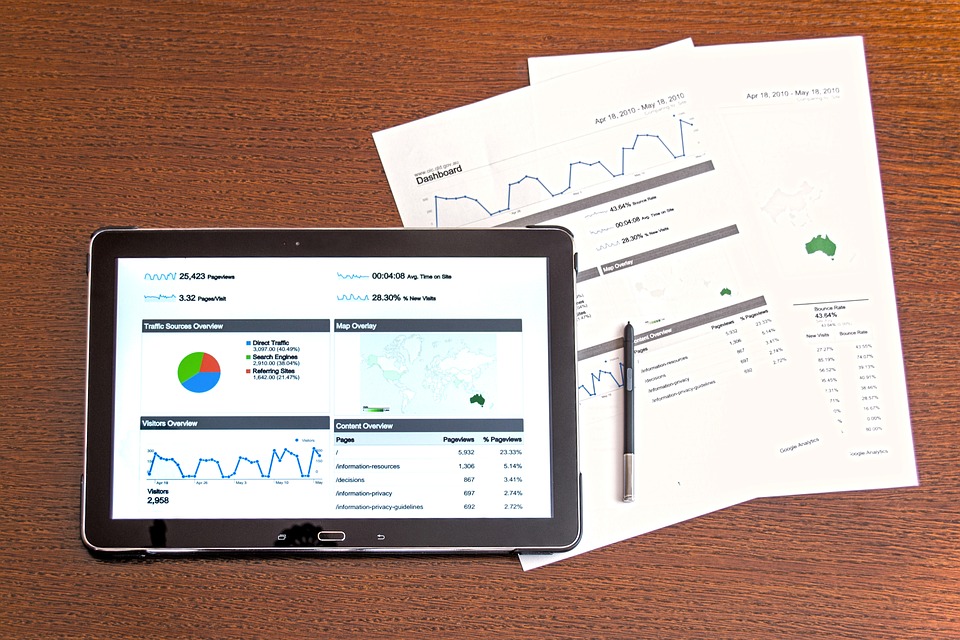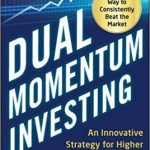First, two types of models
Programmatic trading models are generally divided into two types of models, one is the trend model and the other is the oscillating model. The premise of a programmatic trading strategy to make money is to have a good model + persistent execution.
Second, the identification of good models
1. Test time:
A good model must stand the test of time period. If a model’s result is very beautiful, and the cycle is only one or two months, which is not credible;
2. The amount of fund using:
The test results of many people posted, which the amount use of funds is often more than 80% or 70%, these are unreasonable choices, because financial market capital management is very important, when the market’s environment is suitable for you, the higher amount use of funds, the greater the income, When the market is not good, the higher amount use of funds, the greater the loss. How to decide the amount of using of the funds, you should choose a fixed number to test. Regardless of the market conditions, it is more reasonable to test a model without adding or reducing positions.

3. Test method:
Both the opening price and the closing price test have their irrationality. The trend model generally uses the trend reversal point as the opening signal, so it is more accurate when the price of the instruction appears.
Third, the analysis of test results
a. Number of signals:
The number of signals is too high, indicating that the shock market is not well filtered; too low, indicating a high risk. How to judge whether the number of signals is reasonable? Then there is only one comparison of different models in the same cycle; the simplest way is to use the total number of orders / effective trading days, taking the short-term intraday as an example. The average number of signals on a valid trading day is between 2 to 5 (this data is for reference only).

b. Profit rate:
The longer the test period, the higher the profit rate should be. Many models, the measurement is good in the near future, and the long-term measurement will not work, so the test should try to measure the longest period that can be measured.
c. Winning rate:
The higher the winning rate, the better, but not absolute, and there is no need to worry about the model’s winning rate is too low. The general winning rate can be around 45%. Because the original meaning of programmatic trading is to “loss small” and “winning big”, for example, the trend model will naturally have a low winning rate when it is a shocked market.
d. Maximum retracement rate:
If you are choosing a fixed position size, such as 10 units to test, your maximum retraction rate should not exceed 10%.
e. Non-holding position time:
Take the short-term as an example. The Non-holding position time can’t be too high, if it’s too high, you will definitely miss the big opportunity. On the other hand, this aspect is not the most important. If you have long period of Non-holding positions time and also the high profits, it will be a tolerable situation. After all, winning money is the priority

Fourth, summary
Analysis of test results can not only look at a certain data, it needs to be combined and analyzed together: the number of signals cannot be more or less, the longer the cycle, the higher the profit rate should be, the profit ratio is more than 45% is acceptable, the maximum loss cannot be too large, the non-holding time you can manage it yourself.
If a programmatic trading model does the above, isn’t it a good model? Basically, it’s almost OK, but the most important thing is that we still need to combine signal graphics (this requires some programmatic experience, it’s usually not as “looks good” as it actually does. Of course, “looks good” is the premise. If you think it just looks “ok”, it will definitely not work.)
In addition, we must see if there is a “future function” in the model. If it is a short-term model, the signal must not disappear. The daily price gap needs technical replenishment. Other issues are the reasons for analyzing a good or bad model. The good model is not afraid of any testing and analysis.






